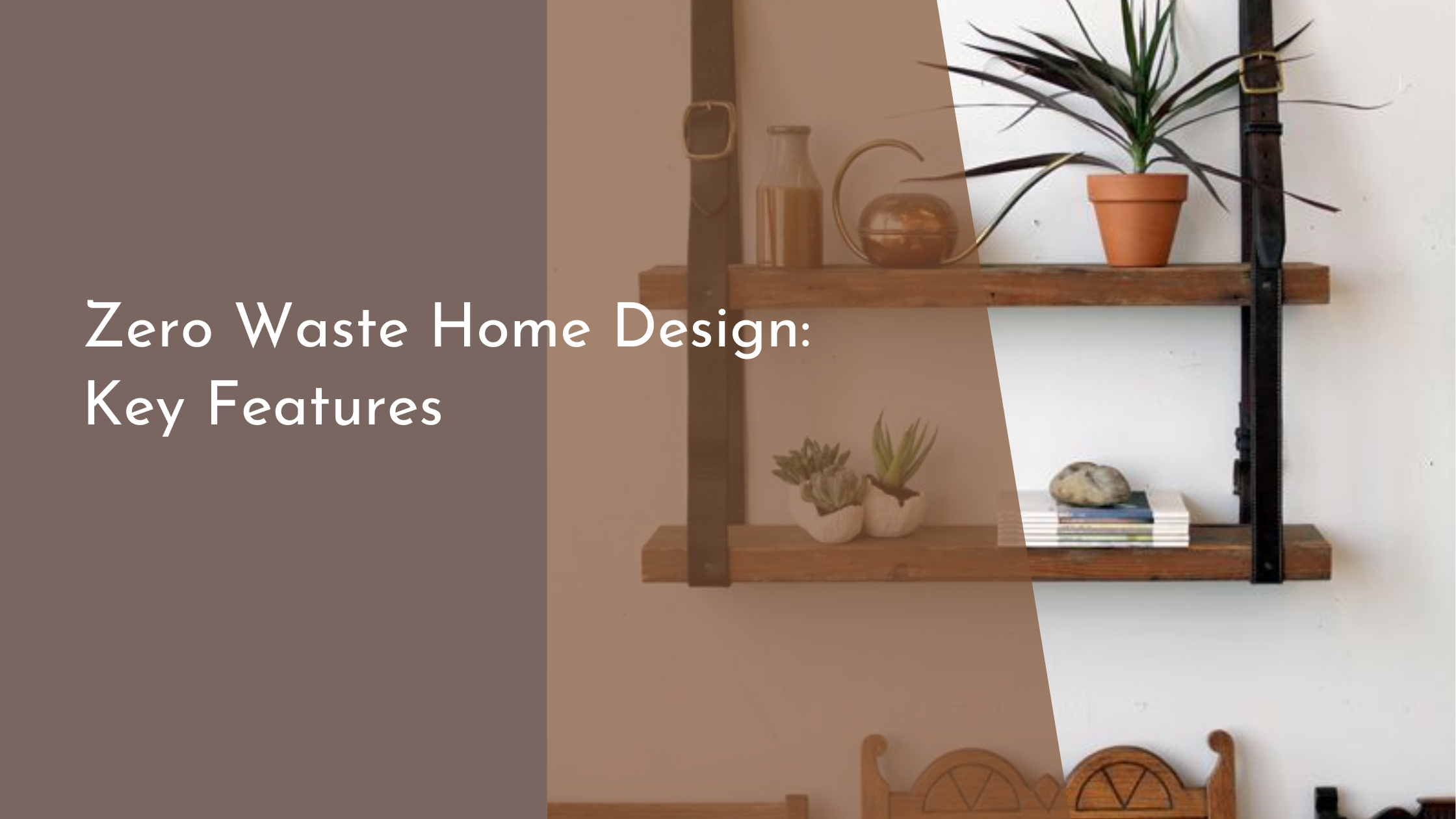Zero Waste Home Design: Key Features
As awareness about environmental sustainability grows, the concept of zero waste is becoming a guiding principle for many areas of life, including home design. The zero waste philosophy is all about minimizing waste and making choices that are ecologically responsible. It’s about striving for efficiency while ensuring that the materials and methods we use do not contribute to landfills. This article explores the essential features of zero waste home design, covering everything from sustainability to efficiency. Whether you’re building a new home or renovating an existing one, integrating these principles can help you create a living space that’s not only beautiful but also kind to the planet.
Understanding the Zero Waste Philosophy
The zero waste philosophy is an approach that encourages the redesign of resource life cycles so that all products are reused. The goal is to send nothing to landfills or incinerators. This philosophy is particularly relevant to home design as it pushes for a holistic examination of every choice made, from the building materials selected to the energy systems installed. It emphasizes a circular economy, where materials are reused, repurposed, or recycled instead of being discarded.
Incorporating zero waste principles into home design involves considering the life cycle of materials and products, aiming to reduce the environmental impact at every stage. This could mean choosing products that are made from recycled materials, are durable and long-lasting, and are biodegradable at the end of their life. By focusing on these aspects, homeowners can ensure their dwellings are sustainable and eco-friendly, contributing to a significant reduction in waste and the conservation of resources.
Choosing Sustainable Building Materials
One of the foundational elements in zero waste home design is the careful selection of sustainable building materials. Opt for materials that come from renewable sources, such as bamboo or cork, which not only regenerate quickly but also minimize environmental impact. Recycled materials like reclaimed wood, recycled metal, or glass can add a unique charm to your home while reducing the demand for virgin resources.
In addition to their environmental benefits, sustainable materials often offer advantages in terms of durability and maintenance. For example, choosing materials that are locally sourced can significantly cut down on transportation emissions, supporting local economies and reducing the carbon footprint. The key is to research and select materials that align with zero waste principles, ensuring they are used efficiently and effectively throughout the design and construction process.
Energy Efficiency and Water Conservation Tips
Achieving a zero waste home extends beyond materials to include the ways energy and water are used within the dwelling. Energy efficiency is critical, as it reduces the overall demand on natural resources and lessens waste output. Install energy-efficient appliances, LED lighting, and consider renewable energy sources like solar panels to power your home. Smart home technology can also optimize energy usage, reducing waste and lowering utility bills.
Water conservation is equally important in a zero waste home. Implementing rainwater harvesting systems and greywater recycling can significantly reduce water waste. Low-flow fixtures and water-efficient appliances are essential investments to minimize water usage. Designing landscapes with native plants or xeriscaping can reduce the need for irrigation, further conserving this precious resource. These efforts not only contribute to a zero waste lifestyle but also foster a more sustainable and eco-friendly environment.
Designing for Minimal Waste and Maximum Efficiency
A significant aspect of zero waste home design is creating spaces that generate minimal waste while maximizing efficiency. This involves smart planning and thoughtful design choices that prioritize multi-functional spaces. For instance, open floor plans can reduce the need for excess construction materials while creating versatile areas that adapt to various uses over time.
Moreover, incorporate features that simplify waste separation and recycling, such as built-in composting systems and waste sorting stations within the kitchen. This setup encourages an organized approach to waste management, making it easier to stick to zero waste practices. By thoughtfully designing the layout and functionalities of your home, you ensure that it supports a sustainable lifestyle, reducing waste output and increasing overall efficiency.
Designing a home with zero waste principles is a rewarding endeavor not only for the environment but also for your well-being. By focusing on sustainable materials, energy efficiency, water conservation, and efficient design, you create a living space that supports a healthier planet. These changes might seem small individually, but collectively, they contribute to a significant reduction in waste and resource consumption. Embracing zero waste home design allows you to live more sustainably and leaves a positive legacy for future generations.

